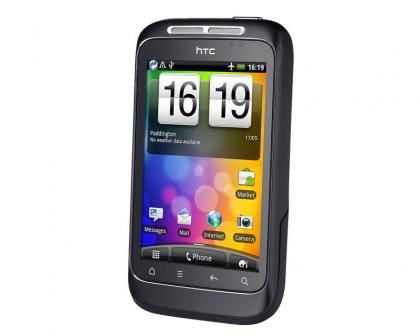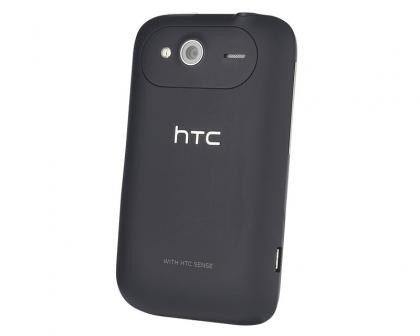The new Wildfire S is 6mm shorter and weighs 13g less than the Wildfire it replaces. Its screen has the same 3.2in diagonal, but its 320x480 resolution is an improvement on the previous model's 240x320 pixels. We can't help but feel the looks have taken a step backwards, though, due to the tacky chrome strip around the screen and the removal of the handy directional optical pad. The phone's shorter body also makes it trickier to hold in one hand and use with your thumb - it feels slightly cramped.

There's no doubt that the specifications of the S have been improved. For a start, you get Android 2.3 rather than 2.1, so along with noticeable improvements in speed, you get improved text selection, battery management and the ability to place SIP calls, amongst other things. The processor is also a faster 600MHz model, up from the 528MHz chip in the old phone, and there's now 512MB of RAM rather than 384MB.
However, we noticed the S only has 150MB of space left for apps, and as it ships, 28MB of this is already taken up. This leaves very little room for further programs. As not all apps can be moved to the SD card, you'll soon find yourself running out of room. This compares unfavourably with phones such as Sony Ericsson's Xperia Arc, which has around 380MB of free app space.

Even though the phone's screen has a higher resolution than the original Wildfire's, the colour depth has dropped from 16M to 256K shades. We didn't notice much degradation in display quality, probably because the increased resolution makes up for the reduced colour depth. Images are far crisper than on the original Wildfire, and there's no pixellation in fine text.